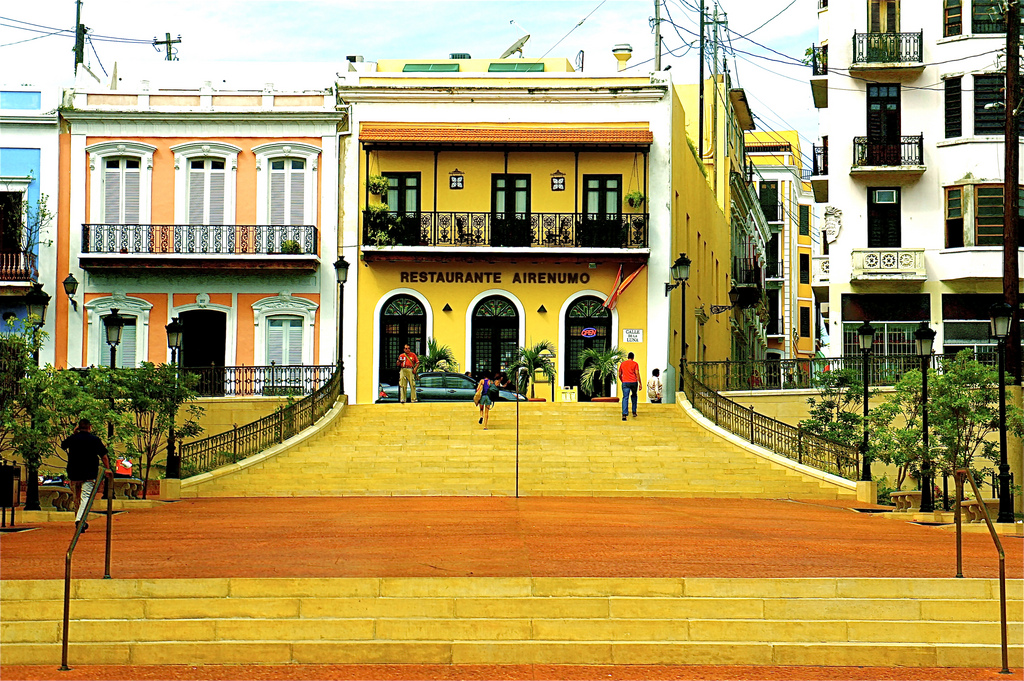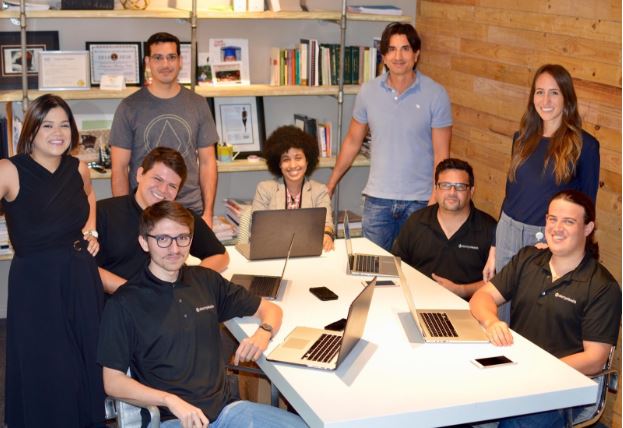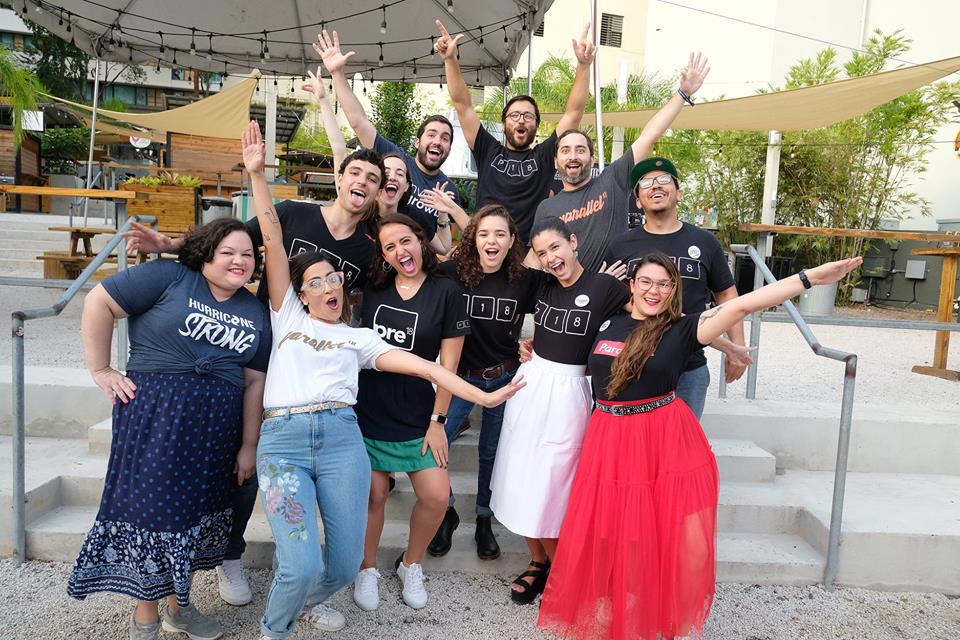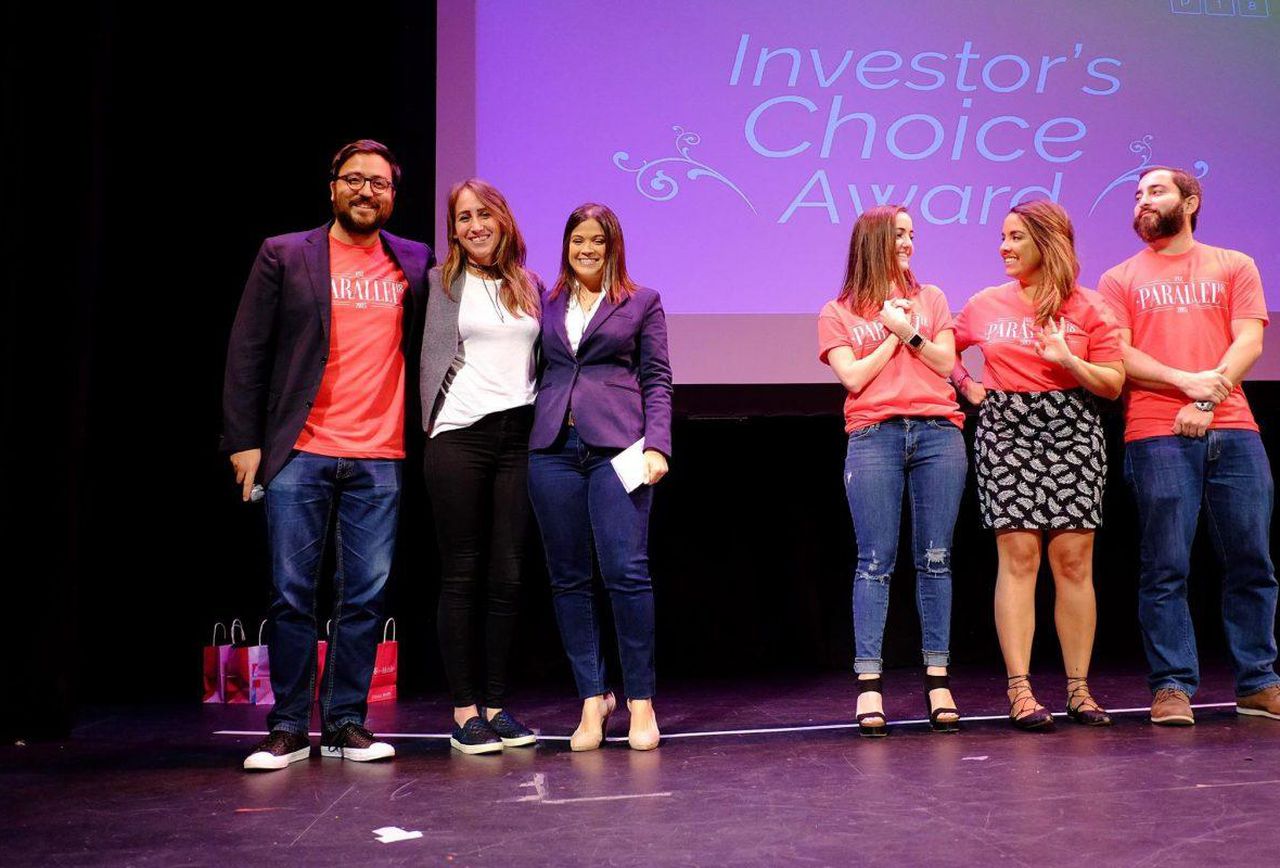This article was Co-Authored by Craig Corbett & Peter Andringa
Earlier this year I traveled to Puerto Rico for the first time since Hurricane Maria. For years I’d had an interest in Puerto Rico’s emerging tech scene. This time, I went anxious to get a good look at how that tech scene was fairing post-Maria.
In truth, I’d prepared myself for a sobering experience. Over the past year Puerto Rico has faced incredible hardship, from Maria’s devastation to the ensuing $123 billion federal bailout. Even a tech ecosystem that has shown so much promise in recent years would surely be struggling in the midst of such difficulties.
But if San Juan was shaken by the storm, it’s already rebounding, drawing strength from the abundant advantages that have characterized its potential from the tech ecosystem’s beginnings just a few short years ago.
With top-tier talent, a government commitment to entrepreneurialism, and funding opportunities – not to mention a seemingly indomitable optimism and the collective strength of its close-knit community – the Puerto Rican tech scene may be emerging even stronger that it was before the hurricane.
As many entrepreneurs once more take an interest in the island and wonder about the realities of doing business there, here’s a guide to the current state of things.

Photo credit: Josue Armando Serrano
Startup community groups
Nearly a year after Hurricane Maria devastated Puerto Rico, the day-to-day routine in its capital, San Juan, is slowly regaining some semblance of normality. San Juan is almost 100 percent operational today and has become the beating heart of the island’s recovery missions, as well as the local startup and entrepreneurial scenes.
While government assistance was slow and sporadic in the aftermath of Maria, local communities across the island came together to fill the void. Many startup founders and tech workers, both on the island and on mainland USA, gathered together on online forums and in person to see how local innovators could solve real problems for people on the ground. In the process of helping people, many local startups were also able to scale.
One reason startups were able to team up easily around humanitarian goals was the fact that there were a number of solid startup community groups, and organizations already in place.
Startups of Puerto Rico is a community founded in 2014 that aims to empower Puerto Rico’s brightest digital designers, engineers and entrepreneurs. Consisting of more than 20 startups and service providers, the organization describes itself as a “do-ocracy run by the tech community,” and runs a community news website and job portal online, as well as organizes local meetups and events.
This organization has close ties with a number of entrepreneurial groups, including Centro Para Emprendedores, a support organization for aspiring entrepreneurs, Code 4 Puerto Rico, an organization linked to Code for America, and Diseñado en Puerto Rico, an organization that aims to support local businesses and promote locally developed products.
Startup Grind San Juan is well known locally, along with homegrown organization Colmena 66, a community organization that links local SMBs and startups with regional resource partners, and Piloto Labs, a non-profit organization that organizes activities for the next generation of Puerto Rican entrepreneurs.
With this network of organizations, there is no shortage of meetups, hackathons and startup events to choose from. In my experience, these groups are extremely welcoming of visiting entrepreneurs, and will go out of their way to facilitate connections and make recommendations.

Dolmarie Mendez, Lauren Cascio, and the team at Abartys Health
Tech talent
Startups in San Juan frequently have teams split between the mainland United States and Puerto Rico. According to the Pew Research Center, Puerto Rico lost approximately 64,000 citizens to the US mainland in 2014, more than double the net loss of 26,000 in 2010.
Even so, Puerto Rico has historically produced a lot of homegrown tech talent. There are a large number of computer science and STEM courses for young people to choose from at local colleges, and the 2012-2013 Global Competitiveness Report from the World Economic Forum ranked Puerto Rico third for the availability of scientists and engineers.
As a result, highly technical roles which are usually hard to come by or out of financial reach for startups in other ecosystems, are both affordable and available. Exemplifying this advantage, startup Abartys Health – which raised $1.45M in funding this year and is one of Puerto Rico’s biggest success stories – brought on two physicists as its first two hires.
Sixty to seventy percent of the island’s 22,000 yearly STEM graduates, nevertheless, leave Puerto Rico in search of better opportunities elsewhere. With that in mind, a number of local student organizations are trying to encourage the next generation of tech-heads to stay close to home. AECC UPR is a student’s organization from the University of Puerto Rico which offers seminars and mentorship to help computer science students hone their skills; Code After Hours is a group which helps set up after school coding clubs in local schools; and HackPR is Puerto Rico’s biggest student hackathon that has been running since 2012.
The government is getting involved too, having set up the Technology Transfer and Commercialization Office to help university students commercialize intellectual property, in the hope of creating a new generation of technical founders. And there’s Act 135 which offers financial support and services for young entrepreneurs who want to launch a business in Puerto Rico.
For those who don’t want to commit to a four year program, there are local coding bootcamps. For example, there’s Code Trotters Academy and the Caribbean Institute of Technology, which was set up by Anthony Delgado, the founder of NJ based Disrupt Technologies, who visited the island for humanitarian reasons before setting up the initiative.
And for the bedroom hackers, who don’t want to enroll in an official program, there’s an abundance of local coder meetups including the Docker Meetup, Ember.js Meetup, python group prPIG and the IGDA Puerto Rico group for game developers.

Beth Rosellini
In addition to local talent, the island can be particularly attractive to mainland talent who want a better way of life and a more rewarding work-life balance. This was an easy decision for Beth Rosellini, co-founder of Nexeon Medsystems, Inc, a bioelectronics company focused on providing innovative neurostimulation products, who says “Puerto Rico enables you to achieve the optimal balance between being a successful entrepreneur and having a well-balanced personal life that nowhere else can. The impact this has on the quality-of-life I enjoy here and the quality of the business I develop here is impossible to quantify.” She adds, “And despite recent challenges, I am forever grateful for the opportunity to be a part of this “Rich Port” community during such a critical time.”
As startups become more prominent in the Puerto Rican media and society post-Maria, one can only hope that more and more people will give tech a try, creating a whole new generation of potential technical founders, and high-quality employees. Luckily, the many benefits of hiring locally may help. According to Glassdoor, the average salary for a Information Technology role is $46,328 in Puerto Rico, which while higher than many Latin American countries, is still considerably lower than most tech hubs in the US. An added bonus is that almost all young adults in Puerto Rico are bilingual in both English and Spanish, which is attractive for startups wanting to target both the US and Latam markets, both of which are tantalizingly close.

The Parallel18 Team, including Marie Custudio and Lucas Arzola
Government support and funding opportunities
Despite criticism of the local government’s response in the aftermath of Hurricane Maria, Puerto Rico’s government has shown a continued commitment to boosting local innovation and attracting foreign players.
Puerto Rico has been trying to bring back corporations who jumped ship in the mid 2000s, hoping to attract them with a new series of tax incentives that came into power in 2008. These incentives offer, among other things, a fixed income tax rate of four percent for commercial manufacturers and companies exporting services from the island, and a 50 percent tax credit for research and development activity costs. But aside from attracting global tech companies like Infosys, HoneyWell, Truenorth, Rock Solid and Fusionworks, the government is keen on bolstering the growth of local and foreign startups on the island, too.
For the size of the country, and its population, there’s a lot of both private and public support for entrepreneurs and startups on the island.
The most notable is Parallel18, a government-backed accelerator supported by the Puerto Rico Science, Technology, and Research Trust, the Department of Economic Development and Commerce, and the Puerto Rico Industrial Development Company, which is led by Sebastian Vidal.
Since its launch, Parallel18 has managed to attract a good mix of foreign, and local startups to its five month acceleration program. When Hurricane Maria struck, it was in the middle of its fourth batch, which featured more than 30 startups from 13 different countries.
In addition to offering expert mentorship and helping startups scale, participants are given an equity free grant of $40,000 USD. Alumni who decide to stay on the island may also qualify for a follow-on fund from the Puerto Rico Science, Technology, and Research Trust that matches capital raised up to $75,000 USD.
The creators of Parallel18 also started Pre18, an accelerator program solely for early-stage Puerto Rican startups who had remained on home turf. Within days of announcing the launch, the team received more than 300 applications from local startups keen to keep on going, despite the challenging conditions. The majority of applicants to the Pre18 program are solving problems directly caused by Maria.
After months of hard work, many of the the main protagonists of the recovery effort have grown themselves. For example, Boon, an insurance tech startup pivoted their service to help homeowners in shared buildings take better control of their insurance claims, and has helped hundreds of local homeowners.
Brands Of Puerto Rico, an ecommerce platform that sells local products to Puerto Ricans living in the US, has set sales records every month after Maria. But rather than riding the wave of success offered by increased attention for Puerto Rico, the founders also created a local food delivery program, using their network of partner businesses.
EntregaMeds, a platform which delivers prescription medicine to employees at their place of work expanded by as much as 400% in the month after Maria, by helping deliver to remote areas. It even extended its service to provide deliveries as far as the Virgin islands, which was also badly affected by the hurricane.
Abartys Health, a company solving the global healthcare crisis with smarter care by use of a unique, centralized data hub that allows for increased medical record portability and universal patient identification.
Other startups used their talent to tackle problems outside their usual areas of expertise. Stageboom, a platform which matches event organizers with local artists, held a number of charity music events with thousands of attendees. In the coming months, thanks to the visibility offered by these events in and outside of Puerto Rico, the startup’s database grew extensively.
BrainHi, a startup which provides an AI assistant for doctors, started using their AI to manage more than 3 million messages received by meteorologist Ada Monzón before, during, and after hurricanes Irma and Maria, using just the free wifi available on the street. Since Maria, the company has witnessed monthly growth of over 70% since returning to focus on medical services/healthcare.
Google Apps has over 10 million businesses subscribed to its Business Suite, however as of today it does not offer an integrated project management tool. WorkEp is a project management platform made for Google that has close to 50,000 users.
In Puerto Rico, there’s also assistance available from private investors and organizations, too. As a means of helping local businesses build themselves back up in the aftermath of Maria, local VC firm Guayacan launched a new fund for Puerto Rican businesses looking to redevelop.
In the past, finding seed funding was traditionally a challenge in PR. However, the government recently set favorable new tax incentives in the hope of attracting more foreign Venture Capitalists and Angel investors.
For those startups who are bootstrapping, or have already raised funds, but are looking for a guiding hand, or new connections, coworking Piloto 151 — a partner of the renowned accelerator The Founder Institute, founded by Adeo Ressi and Jonathan Greechen — is a great place to meet local players who know the ropes. For startups in the social impact space, ConPRometidos are always looking to assist startups creating “innovative and sustainable solutions to community challenges.”
For anyone in need of assistance in finding local investors to fund their projects, Puerto Rico is the Answer, or PRANS for short, is a community of local business players from a range of sectors, who dedicate time each month to helping up and coming businesses in the region.
If Puerto Rico’s tech ecosystem still needs time to recover from the events of the last year, things are nevertheless looking bright.
This article was Co-Authored by Craig Corbett & Peter Andringa












